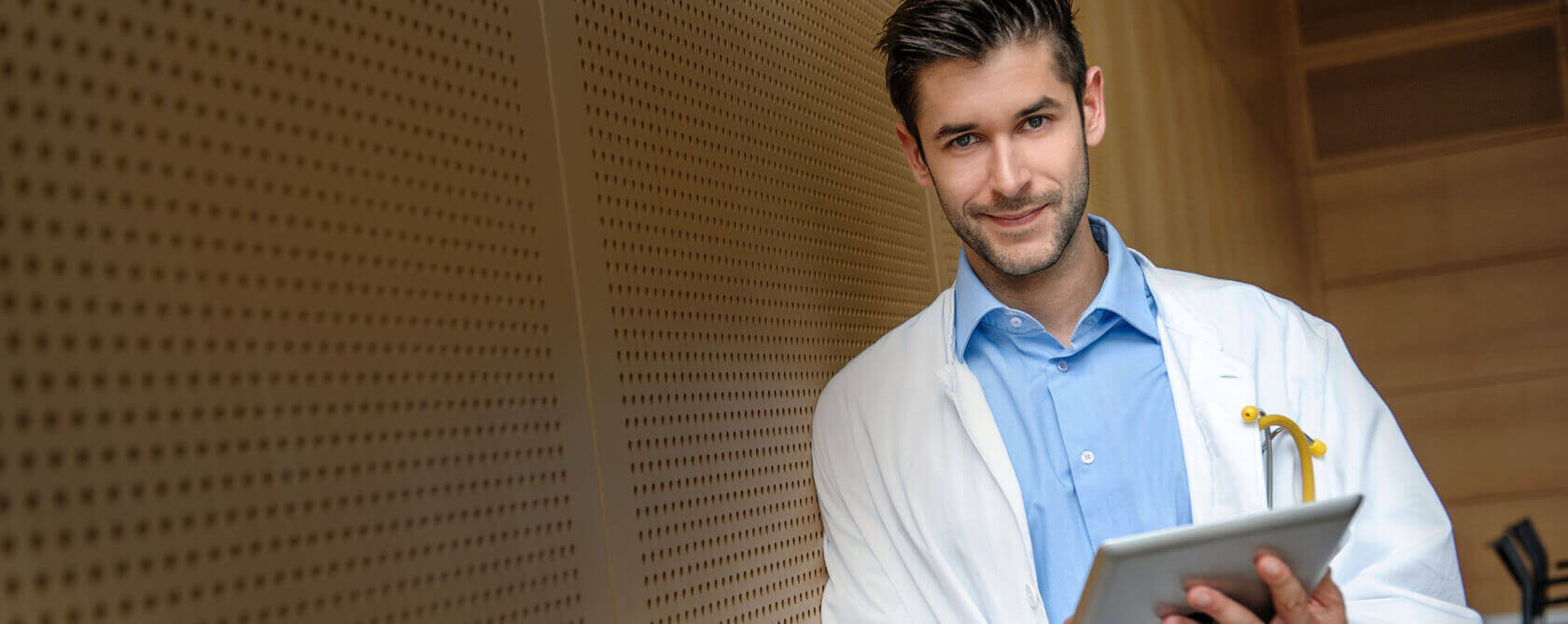Diabetes presents numerous health challenges, one of the most critical being the difficulty in wound healing. Diabetic patients often experience slower healing processes due to a variety of physiological factors that complicate recovery. Dr. Som is dedicated to addressing these specific challenges at The Wound Institute with targeted prevention strategies and tailored treatment plans. This blog explores the complexities of wound healing in diabetic patients, offering insight into practical management approaches that can significantly improve outcomes.
Understanding the Challenges of Diabetic Wound Healing
- Impaired Blood Flow: Diabetes can lead to poor circulation, particularly in the extremities, which significantly reduces the body’s ability to heal wounds effectively. Insufficient blood flow results in less oxygen and fewer nutrients reaching the wound, both of which are essential for healing.
- Weakened Immune System: Diabetes often weakens the immune system, making it harder for the body to fight infections. For diabetic patients, even minor wounds can become gateways for severe infections if not properly managed.
- Neuropathy: Many people with diabetes suffer from neuropathy or nerve damage, which can reduce sensation in the feet and legs. This loss of feeling means injuries may go unnoticed and untreated for longer than they should, increasing the risk of complications.
Effective Prevention Strategies
- Regular Inspections: Diabetic patients should inspect their feet and other susceptible areas daily for cuts, bruises, cracks, or wounds. For instance, using a mirror to check the soles of your feet can help you spot any issues that may have gone unnoticed. Early detection is crucial for preventing complications.
- Proper Footwear: Wearing well-fitting, supportive shoes can help protect the feet from injuries. Special diabetic shoes are available that offer additional protection and support.
- Control Blood Sugar Levels: Keeping blood sugar levels within recommended ranges is crucial for enhancing wound healing and reducing the risk of infections.
- Hydration and Nutrition: Maintaining good nutrition can significantly impact wound healing. Diabetic patients should consume enough protein, vitamins, and minerals to support skin health and repair.
Tailored Treatment Plans for Diabetic Wounds
Debridement: This is the process of removing dead or infected tissue from the wound to promote healing. For diabetic wounds, regular debridement can be crucial in preventing the spread of infection.
Advanced Dressings: Modern wound dressings that maintain a moist healing environment can be particularly effective. Options include alginate dressings, foam dressings, and hydrocolloids.
Antimicrobial Treatments: Antimicrobial ointments or dressings may be used to prevent and treat infections. For more severe infections, antibiotics may be prescribed.
Negative Pressure Wound Therapy (NPWT): This therapy uses a vacuum dressing to promote healing in acute or chronic wounds by removing excess fluid, reducing swelling, and increasing blood flow. It’s a non-invasive treatment that can be highly effective for diabetic wounds.
Hyperbaric Oxygen Therapy (HBOT): HBOT can benefit diabetic wounds by enhancing oxygen delivery to the wound site. This helps fight infection and promote faster healing.
Collaborative Care Approach
At The Wound Institute, Dr. Som emphasizes a collaborative approach to diabetic wound care. This involves coordinating with a multidisciplinary team, including endocrinologists, podiatrists, nutritionists, and diabetes educators. Each team member plays a crucial role in ensuring that our patients receive comprehensive care and support for all aspects of diabetes and its complications.
- Regular Follow-ups: Healthcare professionals monitor patients on an ongoing basis to adjust treatment plans as needed and address any emerging issues promptly.
- Education and Empowerment: At The Wound Institute, we believe that educating patients about proper wound care techniques and diabetes management is a cornerstone of our approach. We empower our patients with knowledge, enabling them to take an active role in managing their conditions and preventing serious complications.
Conclusion
Wound healing in diabetic patients presents unique challenges that require specialized care strategies. At The Wound Institute, Dr. Som and his team are committed to providing the highest standard of care tailored to the specific needs of diabetic patients. Through advanced treatments, prevention strategies, and a collaborative care approach, it is possible to effectively manage diabetic wounds and significantly improve the quality of life for these patients.
If you or a loved one are dealing with diabetes and wound healing complications, reach out to The Wound Institute. With Dr. Som’s expertise and a dedicated team approach, we can help manage your condition effectively, providing you with the care and support needed to navigate this complex aspect of diabetes.



